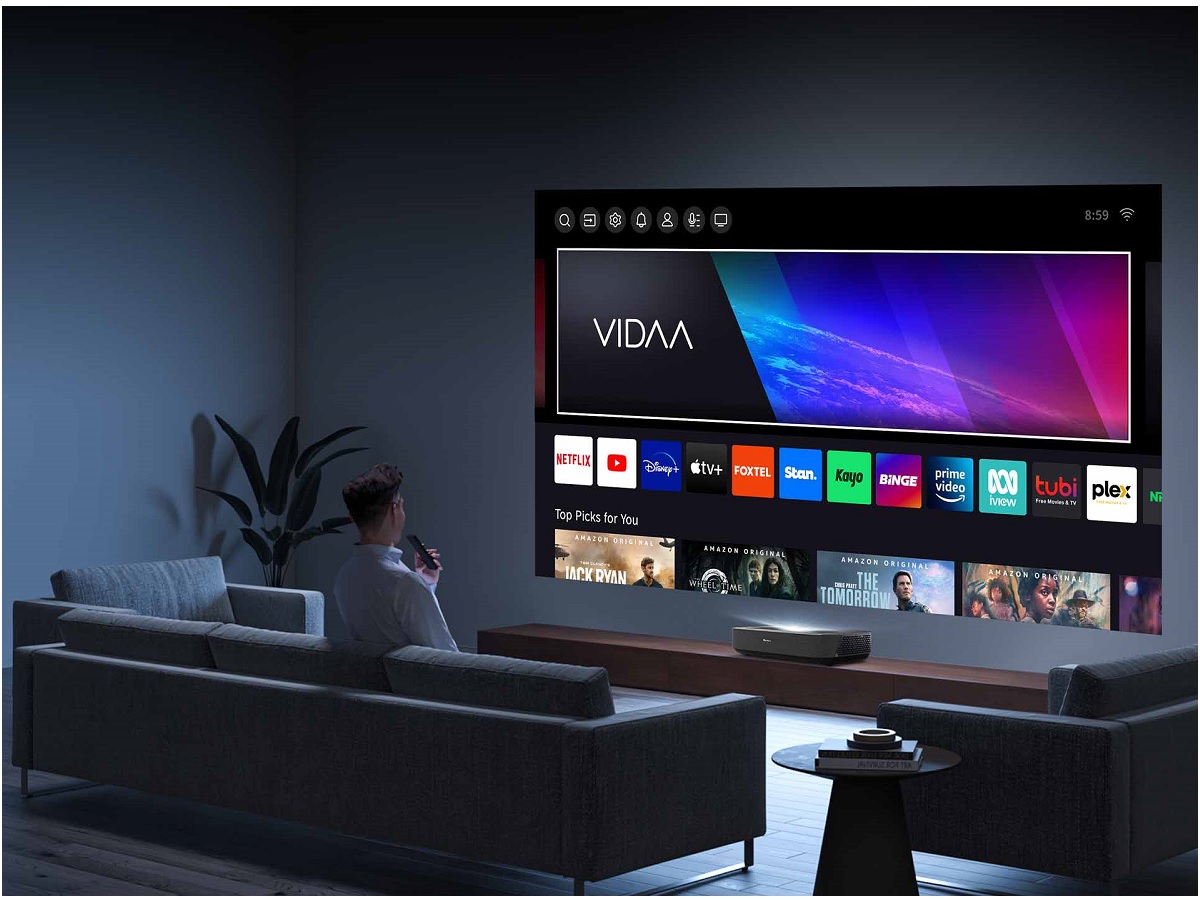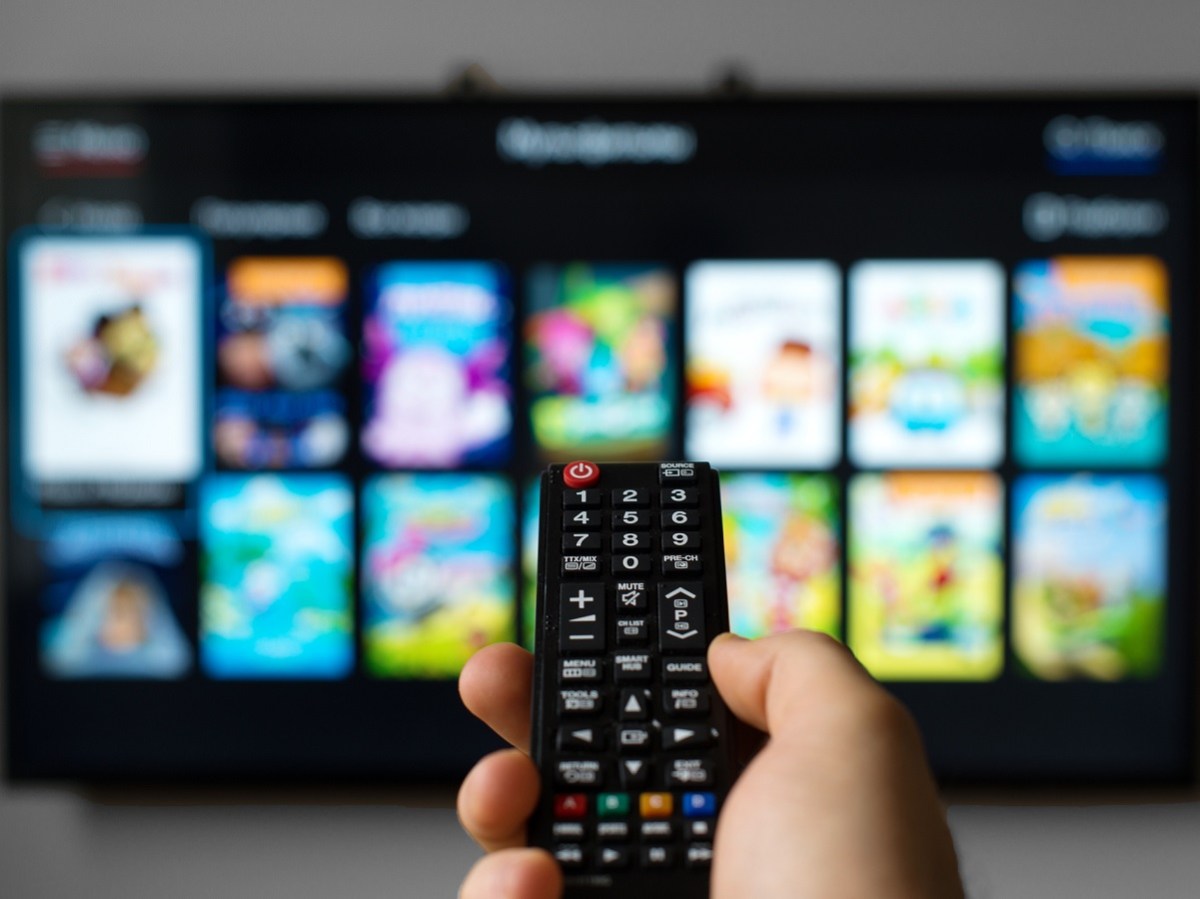A new Bill is seeking to improve access to free-to-air TV services on internet-connected TVs and broaden the anti-siphoning scheme to cover online media – which ensures that free-to-air broadcasters have priority access to events such as the Olympics and major sports leagues before subscription TV broadcasters.
The Senate inquiry into the Communications Legislation Amendment (Prominence and Anti-siphoning) Bill 2023, which would amend the Broadcasting Services Act 1992, has received submissions from various organisations including the Consumer Electronics Suppliers Association (CESA), the national industry body representing suppliers and retailers of consumer electronics, including major TV suppliers in Australia.
While CESA supports the regulation, it proposes a number of amendments to ensure fair competition to preserve innovation and consumer access to the latest TV models.
CESA argues that current TV interfaces already provide easy access to free-to-air services and the main challenges are within the free-to-air apps themselves, such as creating accounts and signing in.
While CESA supports a regulation mandating a single live TV tile on the home screen, it opposes the requirement for separate tiles for each broadcaster’s streaming app, citing limitations on TV screens and the need for design flexibility. The Association proposes alternative positioning options that align with the emergence of smart user interfaces.
“In relation to the current positioning requirement for free to air BVOD apps, CESA cannot support the regulation as currently drafted,” CESA CEO, Evelyn Soud said in her address to the Senate.
“Further alternatives and amendments are needed, and manufacturers must be afforded flexibility and choice to design smart TV interfaces that enhance the user experience, enable them to distinguish products from competitors and which are futureproof given where homescreens are headed.
“As currently worded, TV manufacturers must, when a TV first connects to the internet, and without charge, auto download a separate app tile onto the homescreen for each of the five Australian free to air broadcasters. The tiles must be the same size and shape and located in the same area as other non-regulated streaming services.
“This is not possible on all current TV homescreens – as there is simply not enough space to accommodate these apps without disturbing existing commercial arrangements.”
CESA suggests two alternative positioning options and seeks a two-year lead time to implement any changes.
The first option is a shared homescreen tile for all local free to air streaming apps on the homescreen, which can include community broadcaster and children’s TV apps. This avoids the need to reduce the size of the tiles and provides a convenient ‘one stop’ access point.
The second option is alternatively positioning the five local free to air streaming app tiles at the top of the app store page. This provides broadcasters permanent priority positioning not subject to deletion and re-ordering of apps off homescreens.

“Notably with the emergence of smart or adaptive user interfaces (UIs) it may soon become impossible to comply with the minimum prominence requirements,” Soud said.
“Adaptive UIs use AI technology to optimise and personalise homescreen content to user preferences. As a result, homescreens will have far more, if not 100% of programs, rather than apps and we are already seeing devices with this technology. This means homescreens may soon offer no capability to auto download any streaming apps, international or local.”
CESA recommends an essential amendment to futureproof for this situation is an exemption from the minimum prominence requirements where a particular model includes no streaming apps on the homescreen.
“If these alternative options and amendments are not included, manufacturers are forced to provide app based homescreens, delete certain features and redesign homescreens just for Australia, which is a significant exercise. This means Australian consumers will not have access to the full range of TVs and latest innovations launched globally,” Soud said.
“Further, Australians already facing cost of living pressures will pay more for TVs that launch locally as any bespoke reconfiguration comes with a cost that must be passed onto consumers, noting Australia is only 1% of the global market.”
CESA’s submission also calls for a range of further amendments to address any unintended consequences and better achieve the policy intention. Soud drew the Committee’s attention to three key amendments:
In conclusion, Soud said: “We look forward to continuing to work with the Committee and all stakeholders to ensure the Bill and regulations are implementable, fair, futureproof, and most importantly, do not harm consumers.”
TV manufacturers respond to proposed regulations
Appliance Retailer contacted TV suppliers for their stance on the Bill and the proposed prominence framework.
Hisense said: “We are committed to delivering great content to Australians, made possible through close collaboration with valued content partners. As such, Hisense is in discussions to ensure compliance with the final agreed requirements of the Prominence Legislation.”
Sony said: “We are a long-time supporter of free-to-air broadcast in Australia and committed to fostering a thriving media landscape. Since the release of Sony BRAVIA TVs utilising Android TV in 2015, Sony has provided software engineering services and development advice to local free-to-air services to enhance app capabilities as on-demand content adoption accelerates.
“The Sony BRAVIA range were the first TVs in Australia to have free to air available for consumers without the need for an antenna which has allowed more Australians to connect to local news and stories. Sony also pre-installs all local free to air apps into Google TV based BRAVIA TVs meaning customers already have local services out of the box in Australia.
“Throughout various iterations of smart TVs utilising the Android TV platform, Sony has consistently provided prominence for free-to-air services. We recognise the importance of these services in delivering valuable content to consumers, and our commitment to featuring them prominently remains unwavering.
“While anticipating the finalisation of the impending legislation, Sony reaffirms its commitment to abide by any new federal laws that may be enacted. As the legislative process unfolds, Sony is dedicated to maintaining open lines of communication and collaboration with all relevant stakeholders.”

